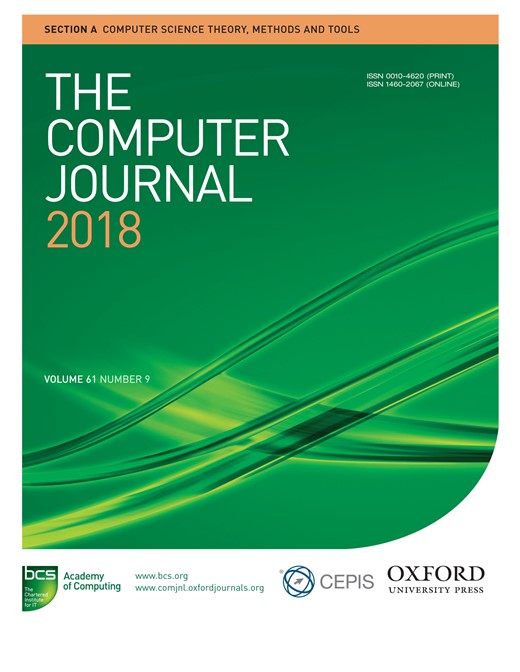-
Views
-
Cite
Cite
Bei-yang Zhang, Xie-dong Zhang, Zhi-hua Zhang, Nested-Stacking Genetic Algorithm for the Optimal Placement of Sensors in Bridge, The Computer Journal, Volume 61, Issue 9, September 2018, Pages 1269–1283, https://doi.org/10.1093/comjnl/bxx105
Close - Share Icon Share
Abstract
According to the sensor location optimization problem in a health monitoring system of an existing bridge, a new optimization algorithm called the Nested-Stacking Genetic Algorithm (NSGA) is proposed. This new algorithm is combined with the traditional Genetic Algorithm (GA) and the Nested-Partitions Algorithm (NPA), which can divide the basic solution domain of the optimization problem into two regions: feasible and unfeasible regions. This division is achieved through the partition operation, and then the GA is used for sampling and selecting. Finally, the optimized results of the discrete variables are obtained through an iterative operation step by step. Subsequently, two benchmark test functions were adopted to test the algorithm. Comparison and analyses of the results were performed by calculating the values of the main control parameters of the new algorithm, such as the crossover and mutation rate, genetic algebra, population size, data volume parameter and the backtrack parameter, through several tentative calculations to the bridge. This new algorithm is found having improved performance compared with the traditional optimization algorithms, and the algorithm is only weakly sensitive to almost all of the parameters and has a strong anti-interference ability.




